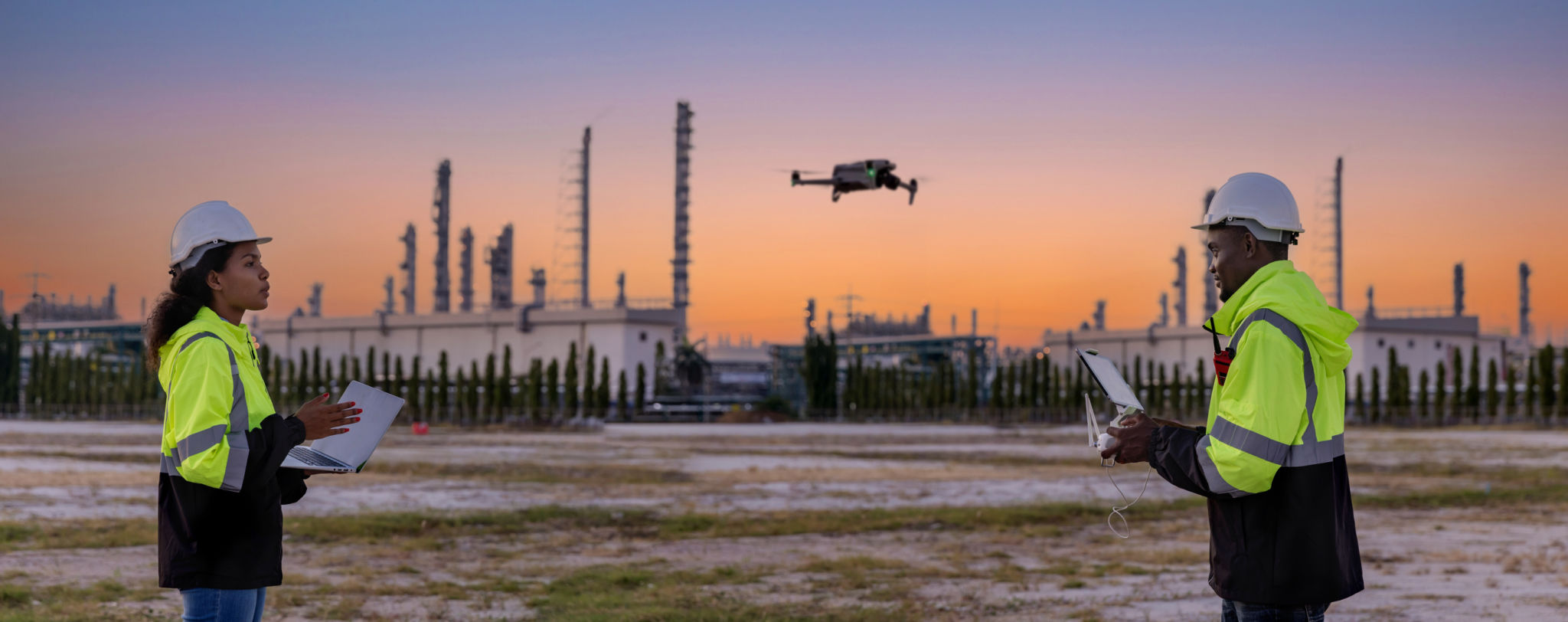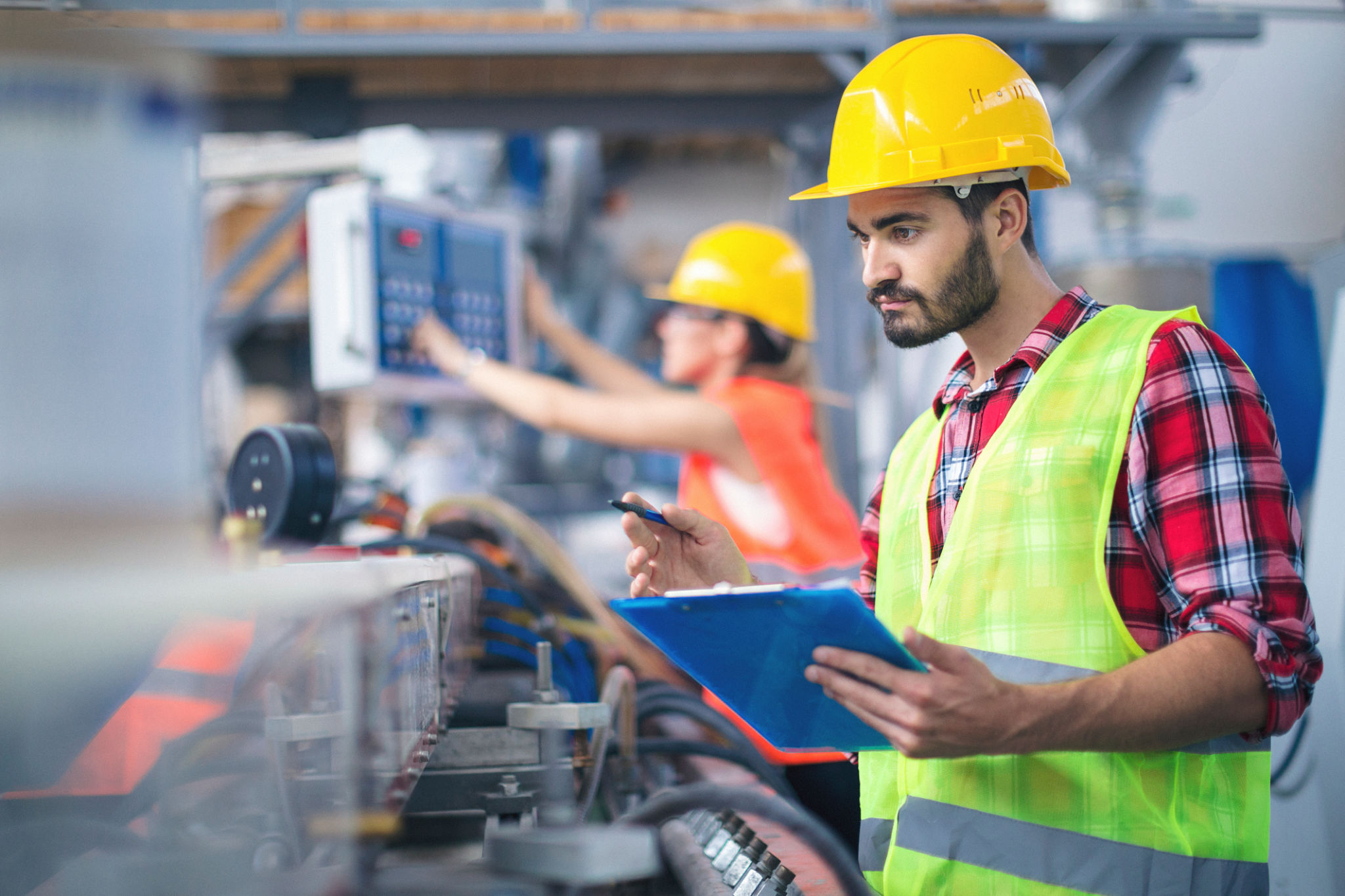Debunking Myths: What Drone Thermography Can and Cannot Do
Understanding Drone Thermography
Drone thermography is a cutting-edge technology that employs thermal imaging cameras mounted on drones to capture temperature variations. This method has revolutionized industries such as construction, agriculture, and inspection. However, its capabilities are often misunderstood. In this blog post, we will debunk some common myths surrounding drone thermography and clarify what it can and cannot do.

Myth: Drones Can See Through Walls
One of the most prevalent myths is that drone thermography allows users to see through walls. In reality, thermal cameras detect surface temperature differences and cannot penetrate solid objects like walls. They are, however, highly effective at identifying heat loss or moisture problems in building exteriors.
This ability to detect surface temperatures can aid in identifying thermal breaches, but it should not be confused with the capability to see through materials. Users must understand the limitations to employ the technology effectively.
Myth: All Drones Are Equipped with Thermographic Capabilities
Not all drones come with thermographic capabilities. While many professional-grade drones can be equipped with thermal cameras, standard consumer drones typically lack this feature. It requires specialized equipment and expertise to operate effectively.
For industries that need precise thermal measurements, investing in specialized drones or hiring professional service providers is key. This ensures accurate data collection and analysis, essential for making informed decisions.

What Drone Thermography Can Do
Identifying Energy Loss
One of the most significant advantages of drone thermography is its ability to identify energy loss in buildings. By capturing temperature variations, drones can highlight areas where insulation may be inadequate or where heat is escaping. This information helps property owners improve energy efficiency and reduce costs.
- Detecting poorly insulated areas
- Identifying leaks in HVAC systems
- Spotting defective windows or doors
Enhancing Safety Inspections
Drones equipped with thermal cameras enhance safety inspections by allowing operators to assess hazardous areas without direct contact. This capability is especially useful in industries like firefighting and electrical inspections, where getting too close to the source of heat can be dangerous.

Supporting Agricultural Monitoring
In agriculture, drone thermography supports crop monitoring by identifying areas of stress or disease that may not be visible to the naked eye. By detecting temperature variations in plant health, farmers can take corrective action to ensure optimal growth conditions.
This proactive approach helps improve yield quality and quantity, making drone thermography a valuable tool for modern farmers seeking efficiency and sustainability.
Conclusion: Realistic Expectations
Drone thermography offers a range of benefits across various industries, but it’s essential to have realistic expectations about its capabilities. While it cannot see through walls or magically equip all drones, it excels at identifying surface temperature variations that can inform critical decisions.
By understanding what drone thermography can and cannot do, businesses and individuals can better leverage this technology to achieve their goals effectively and efficiently.